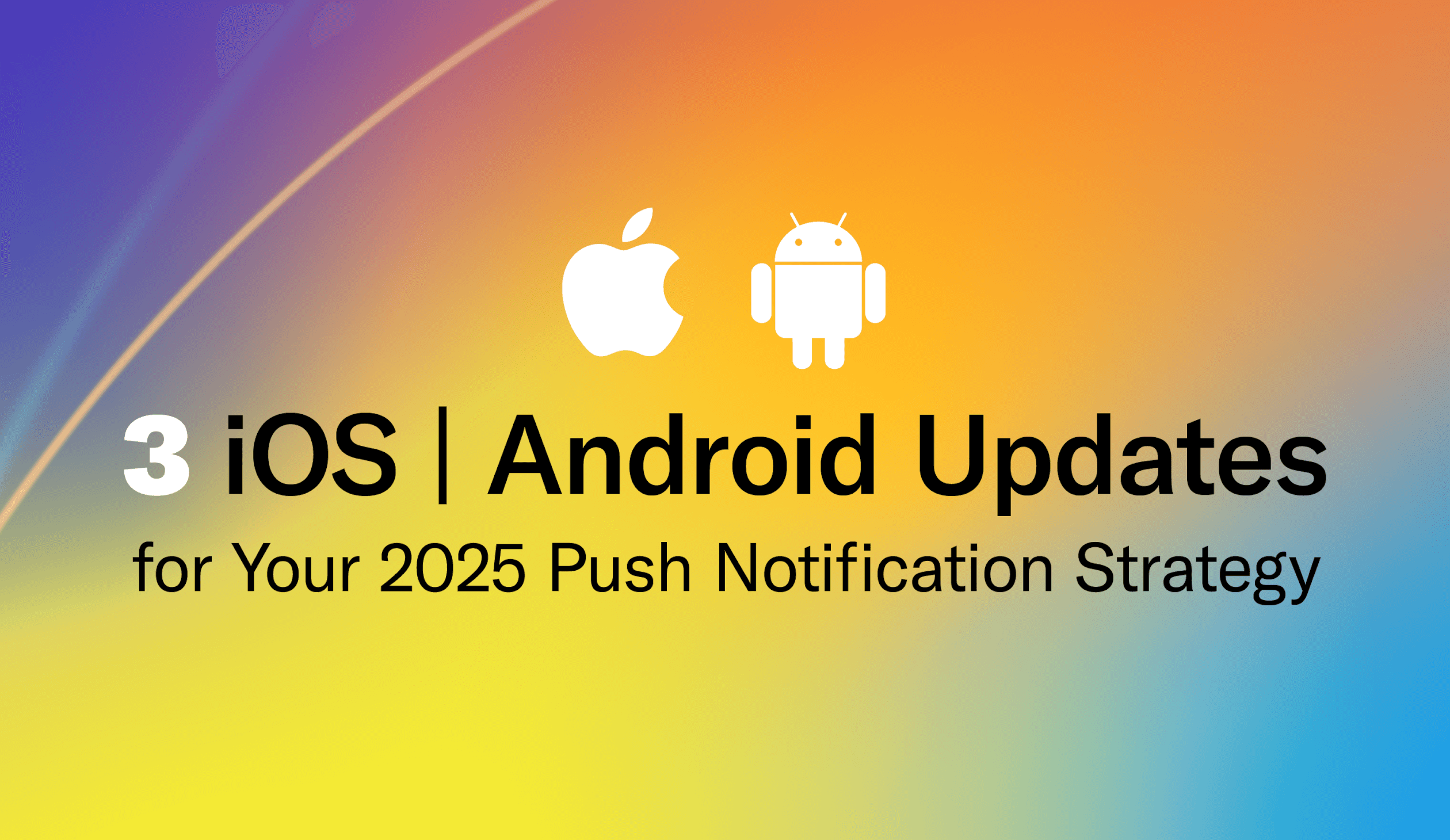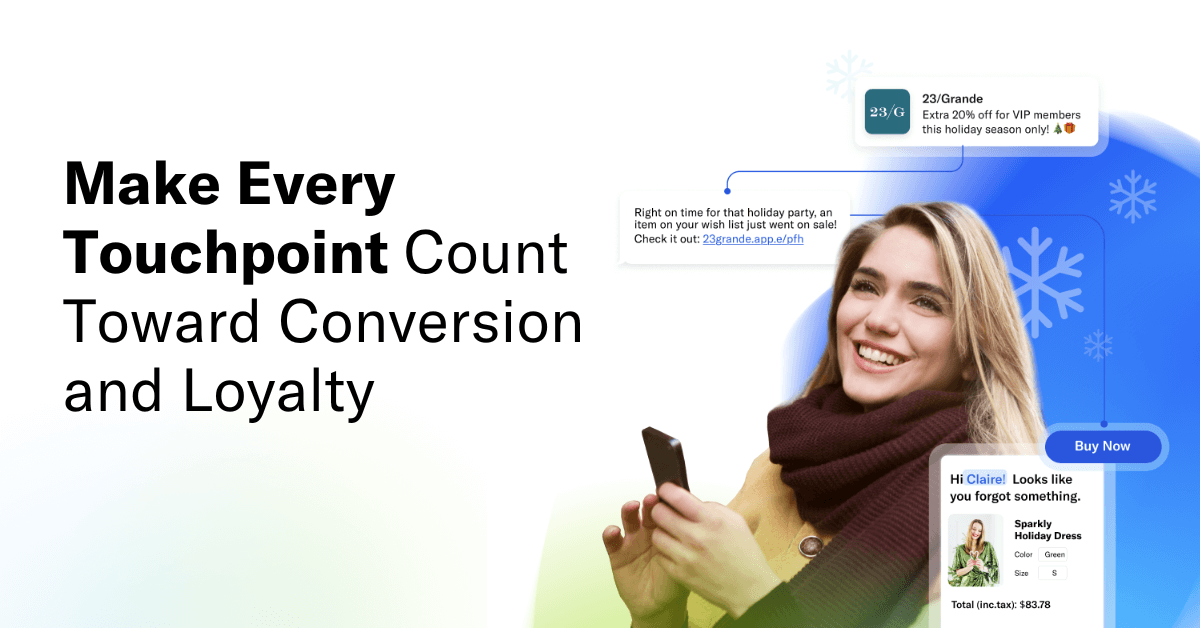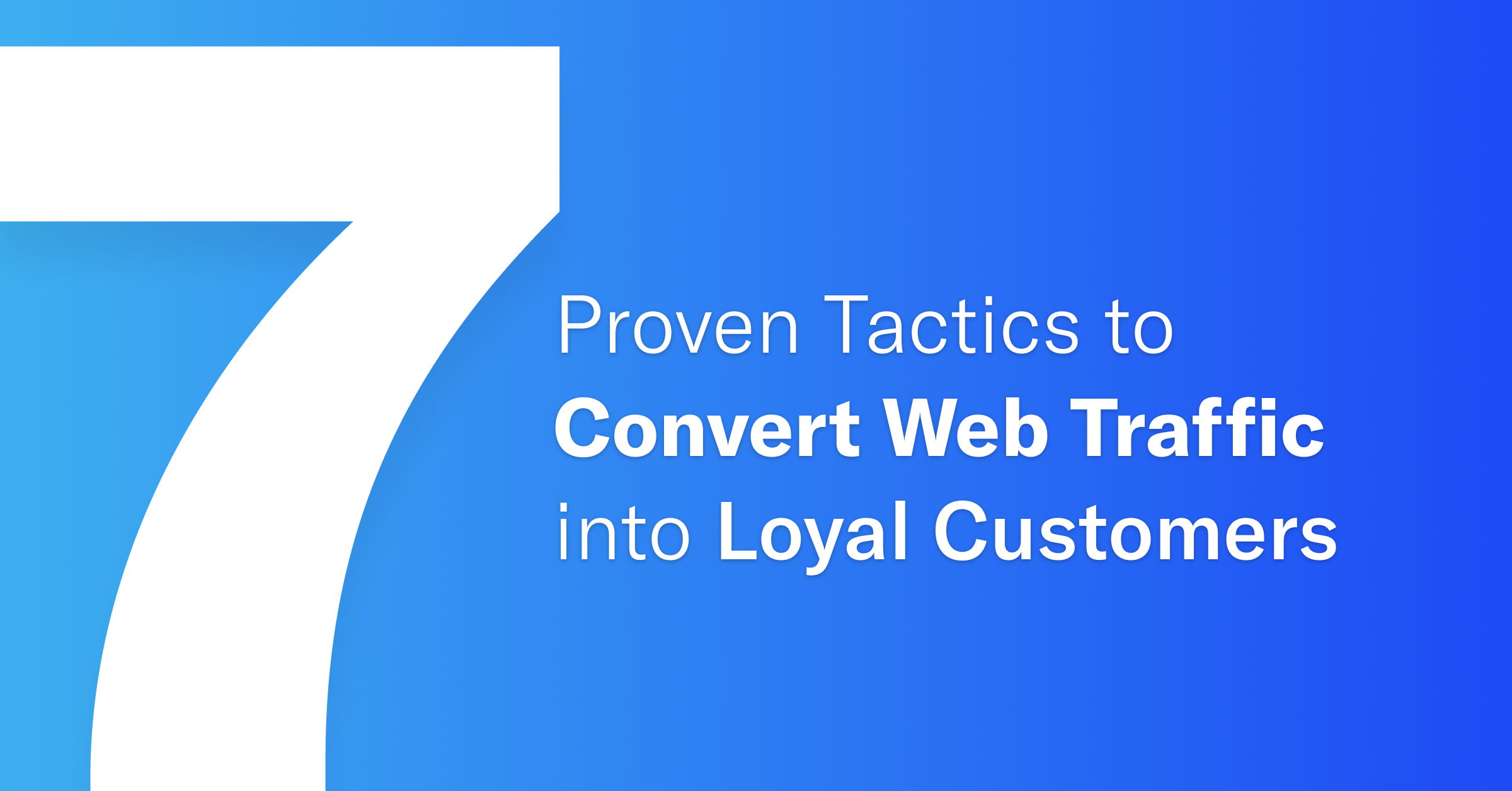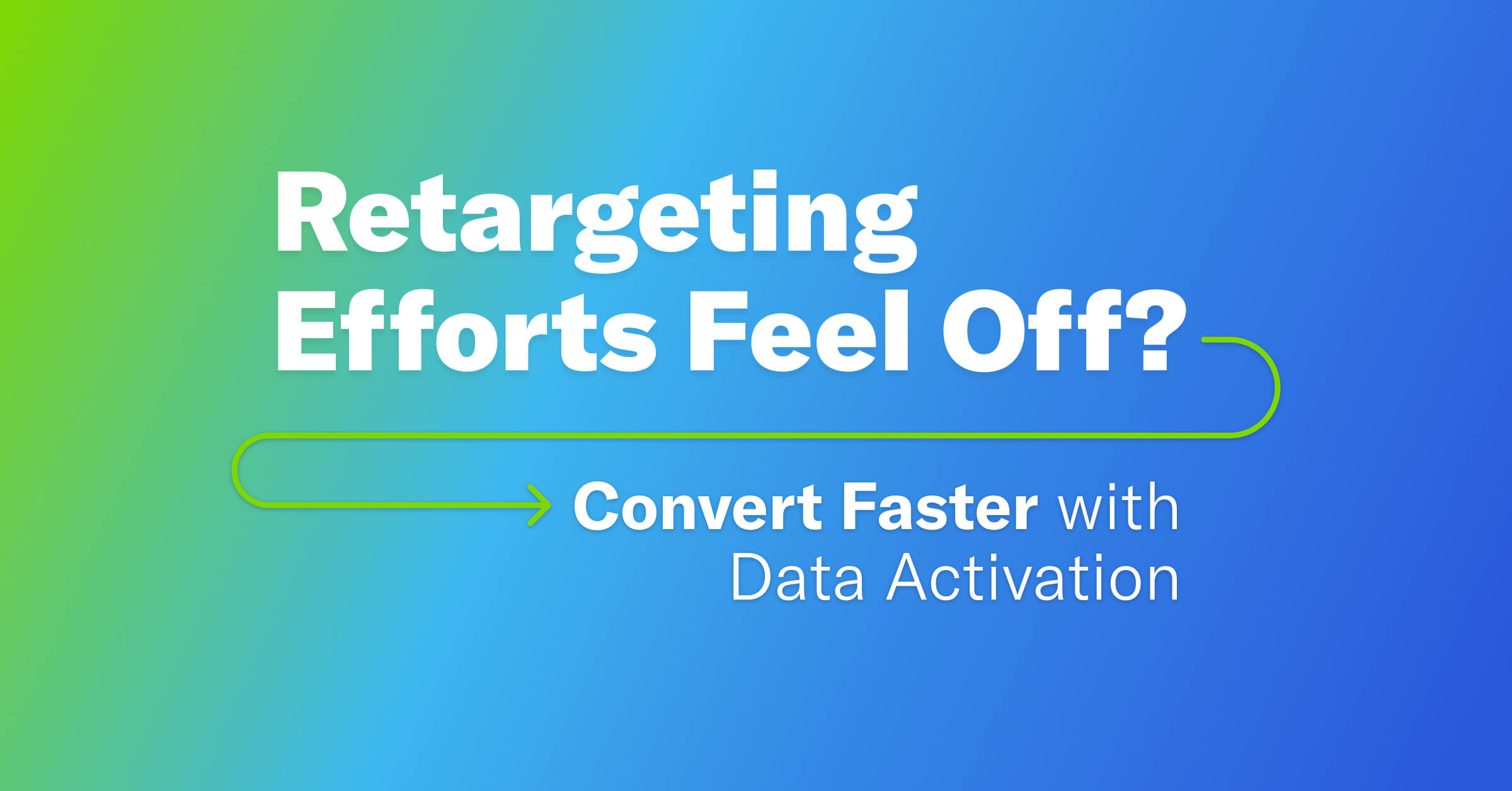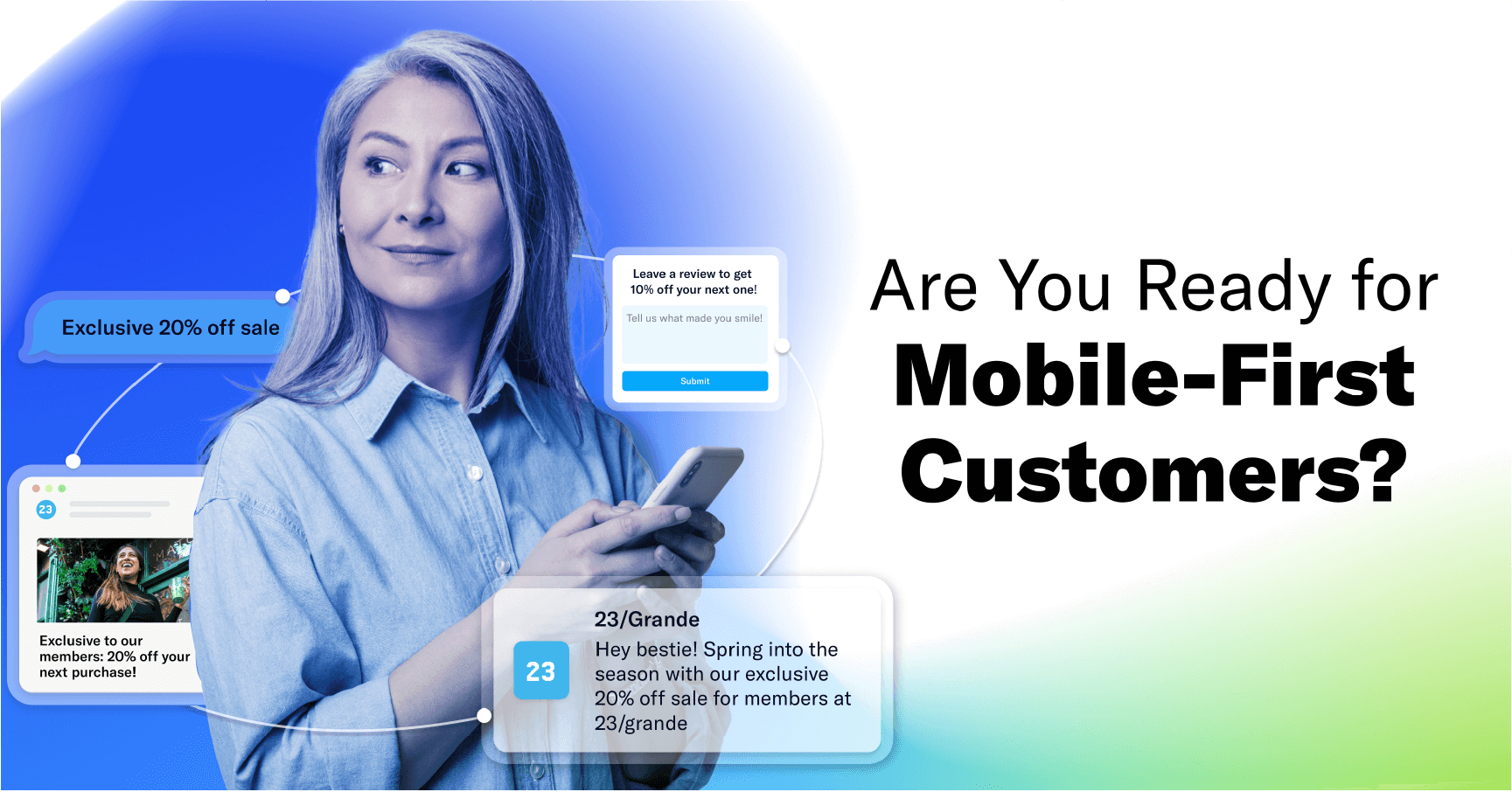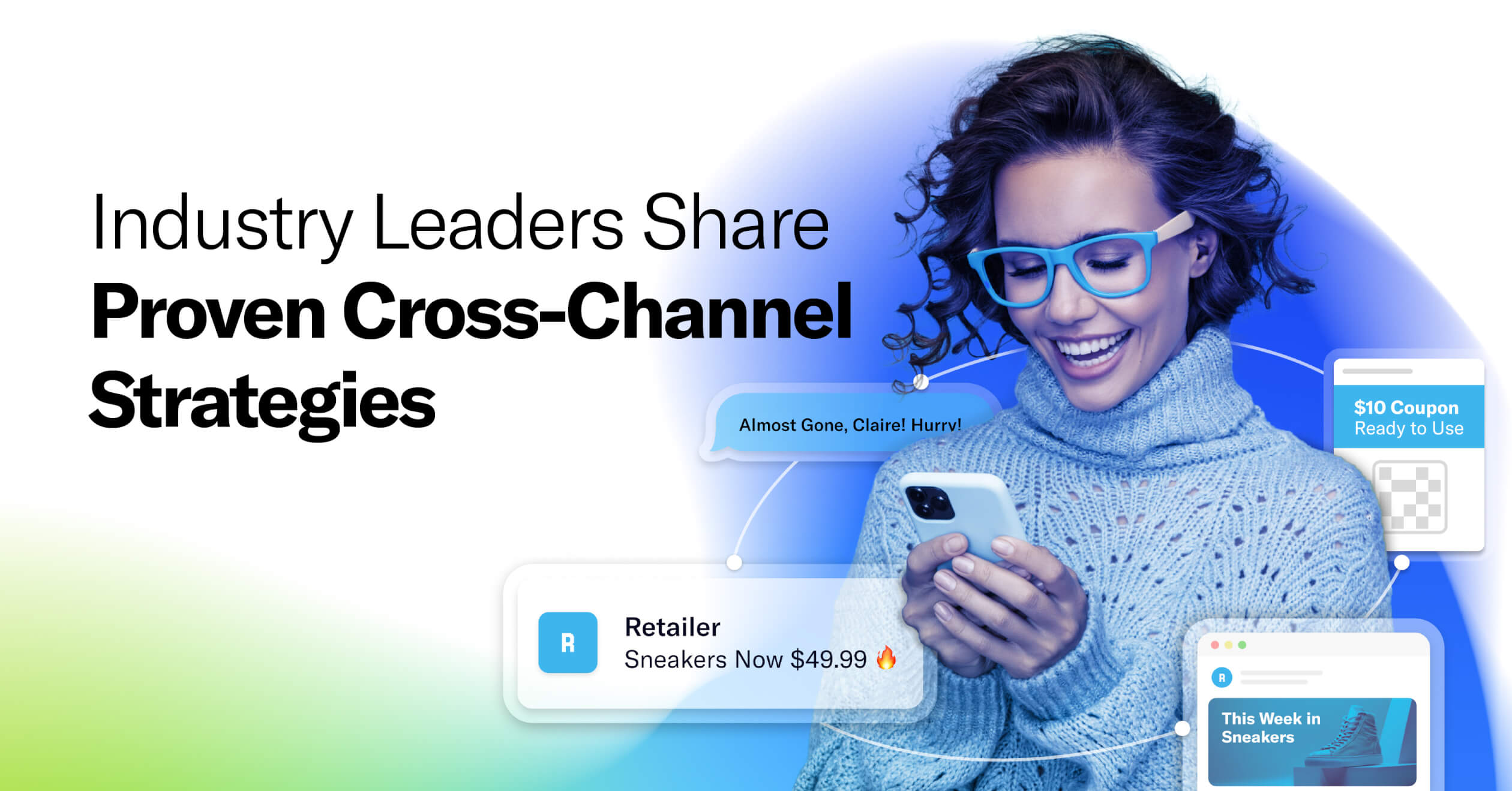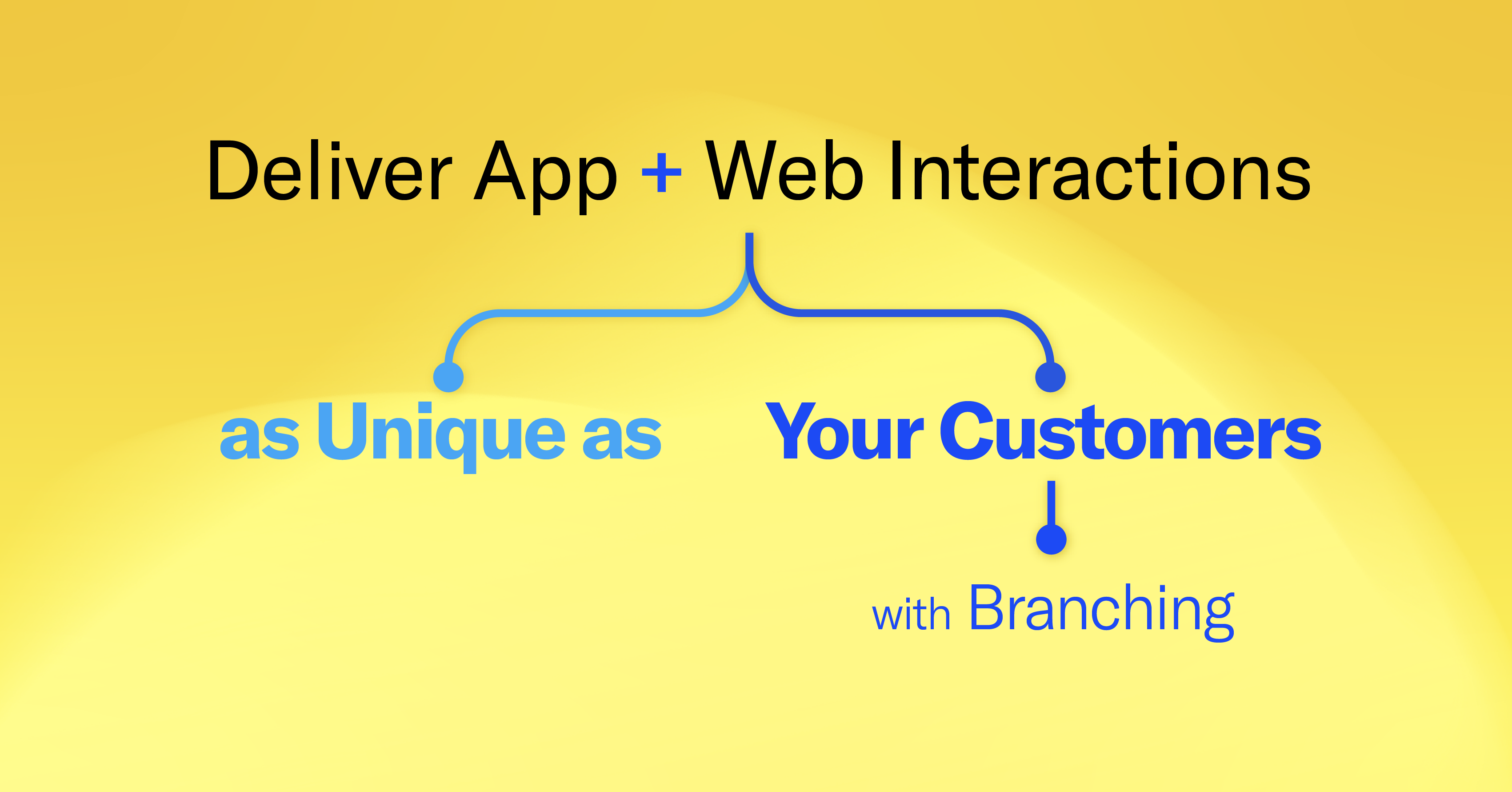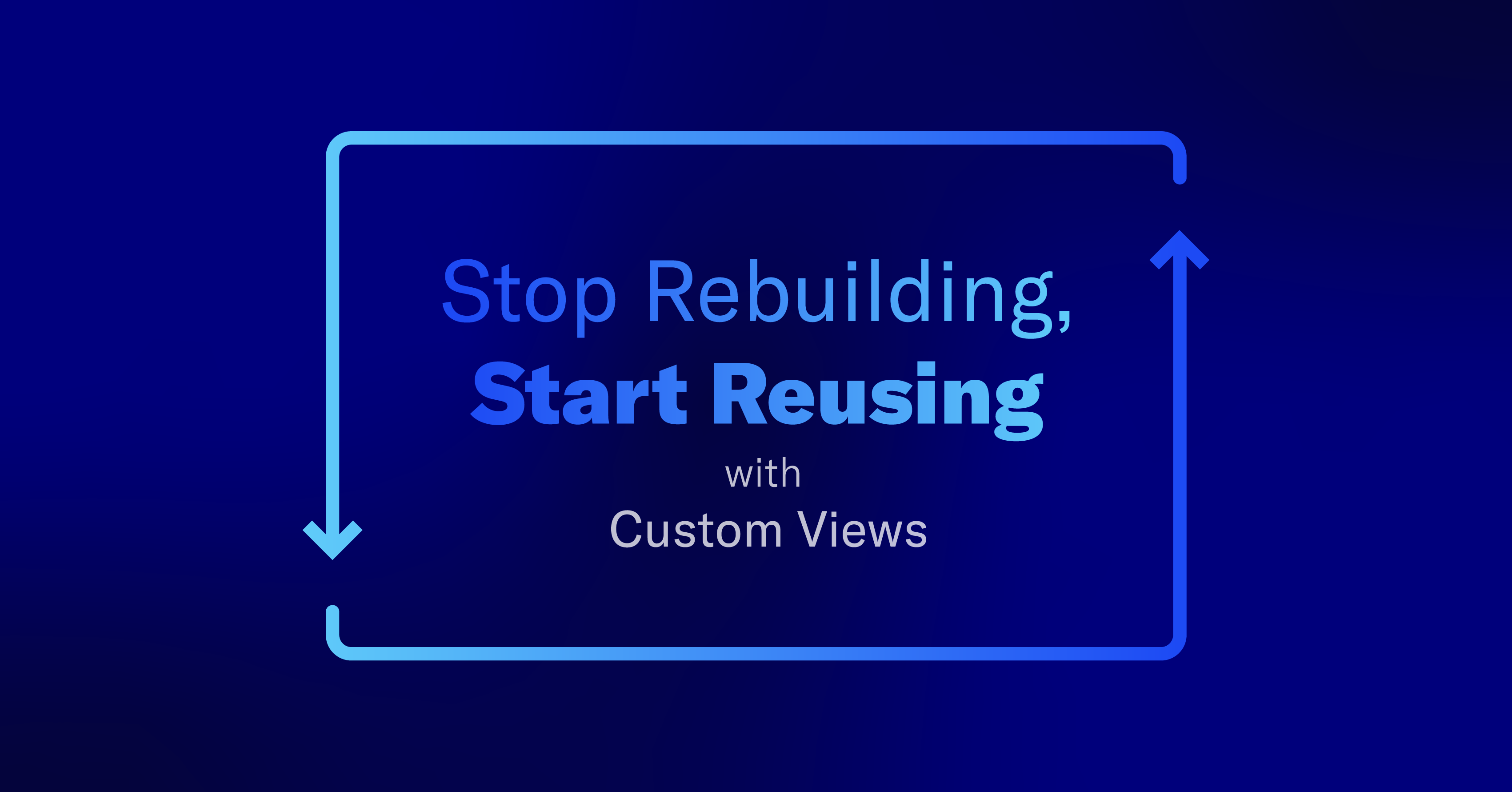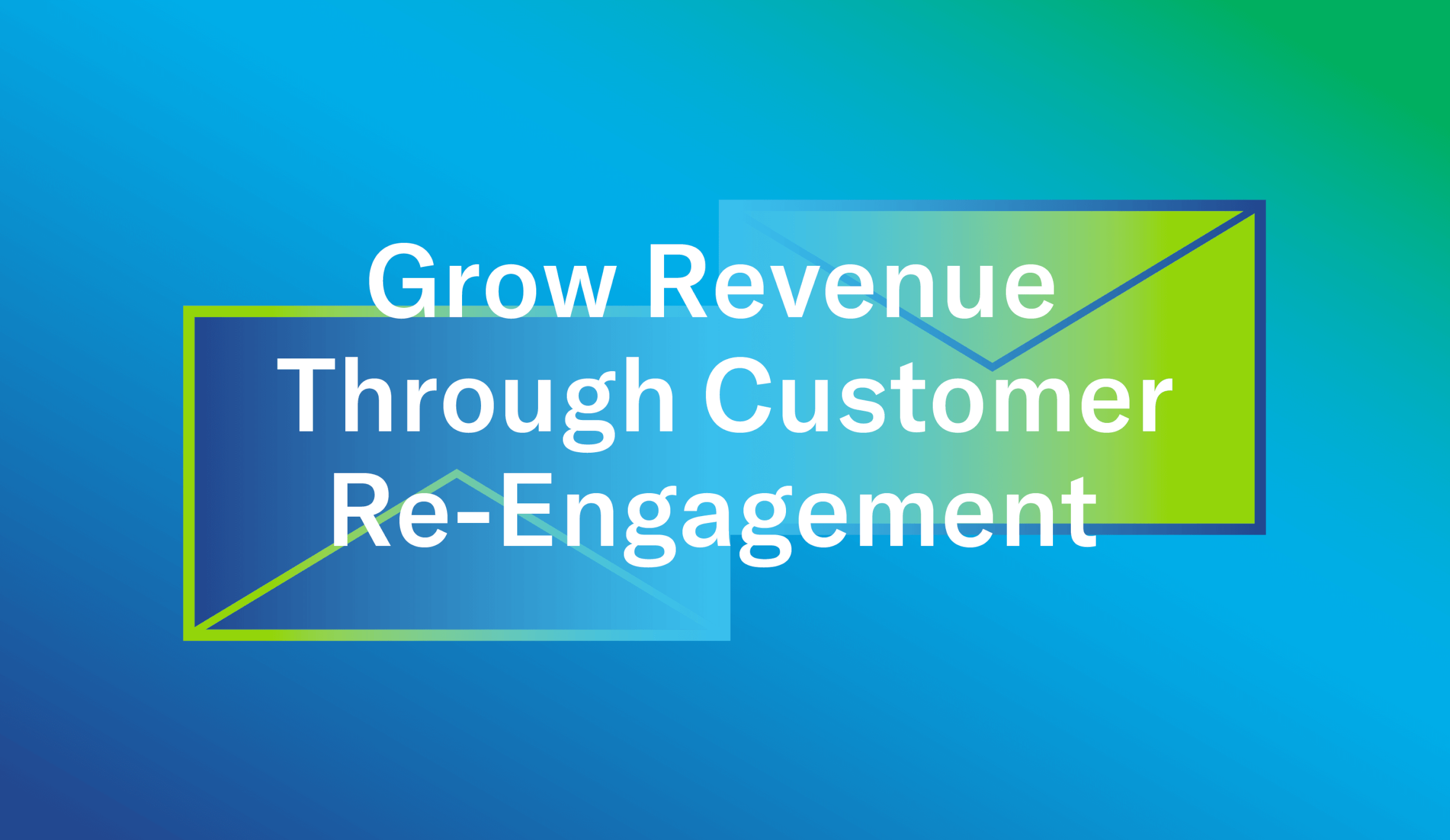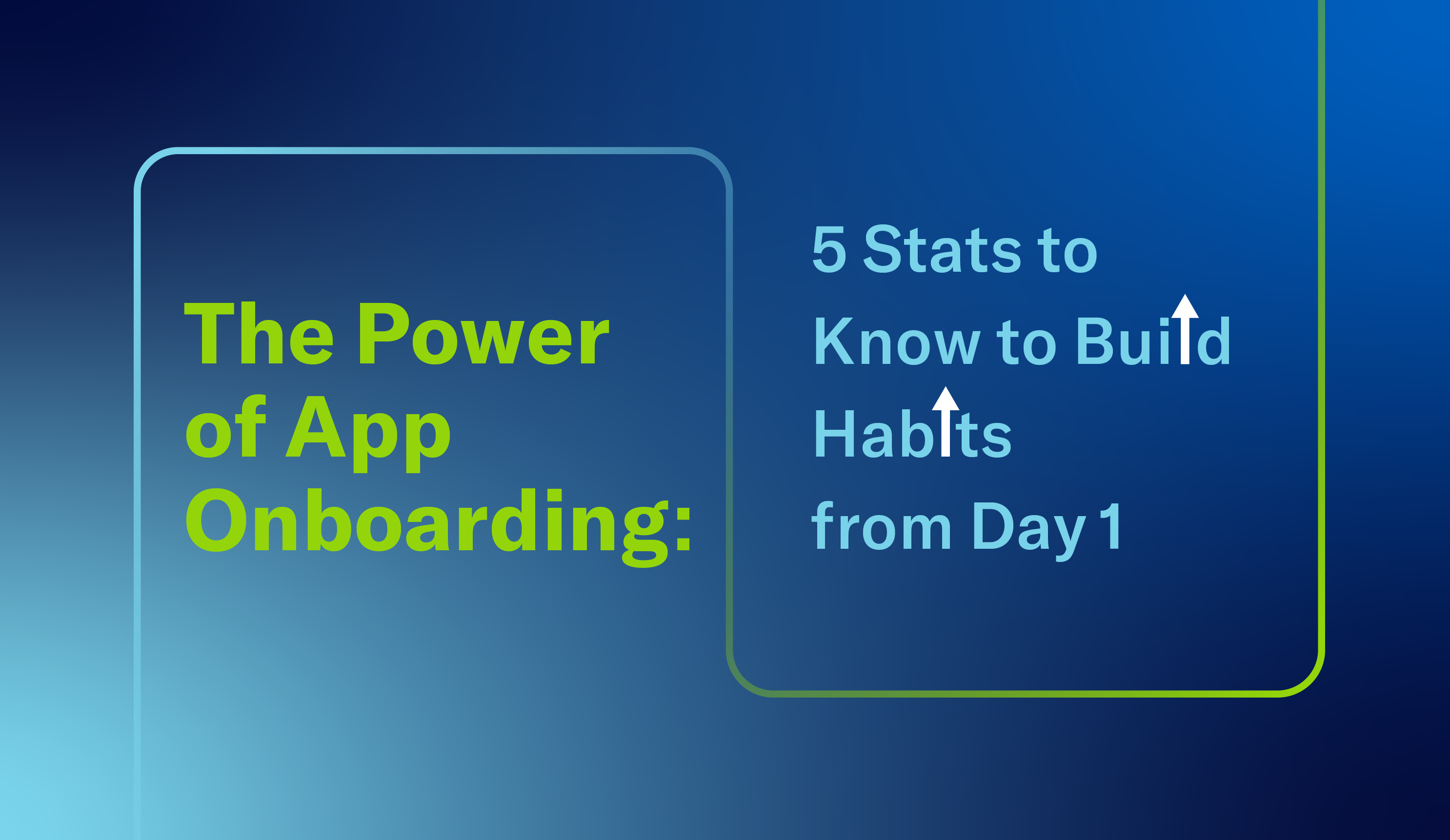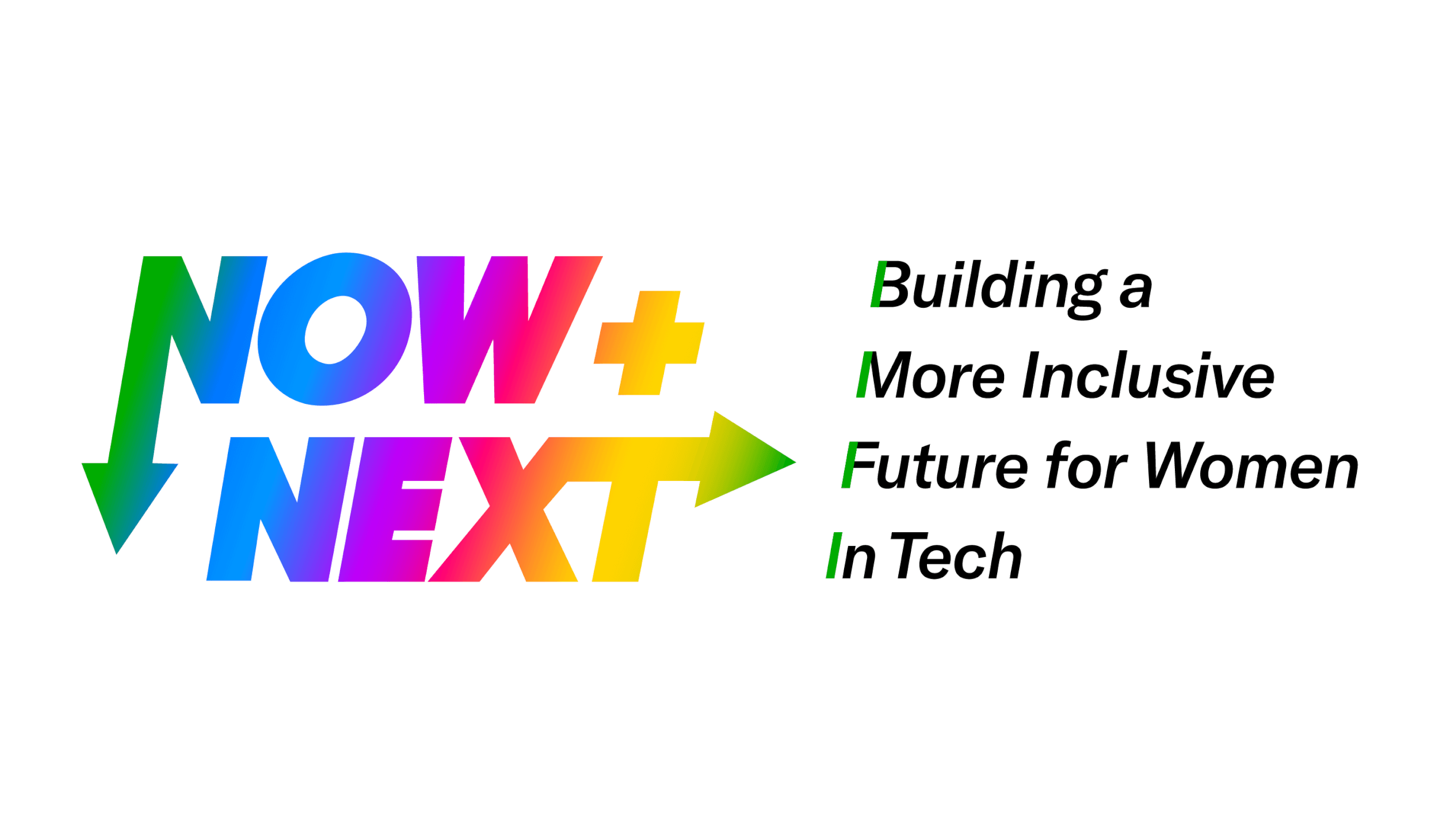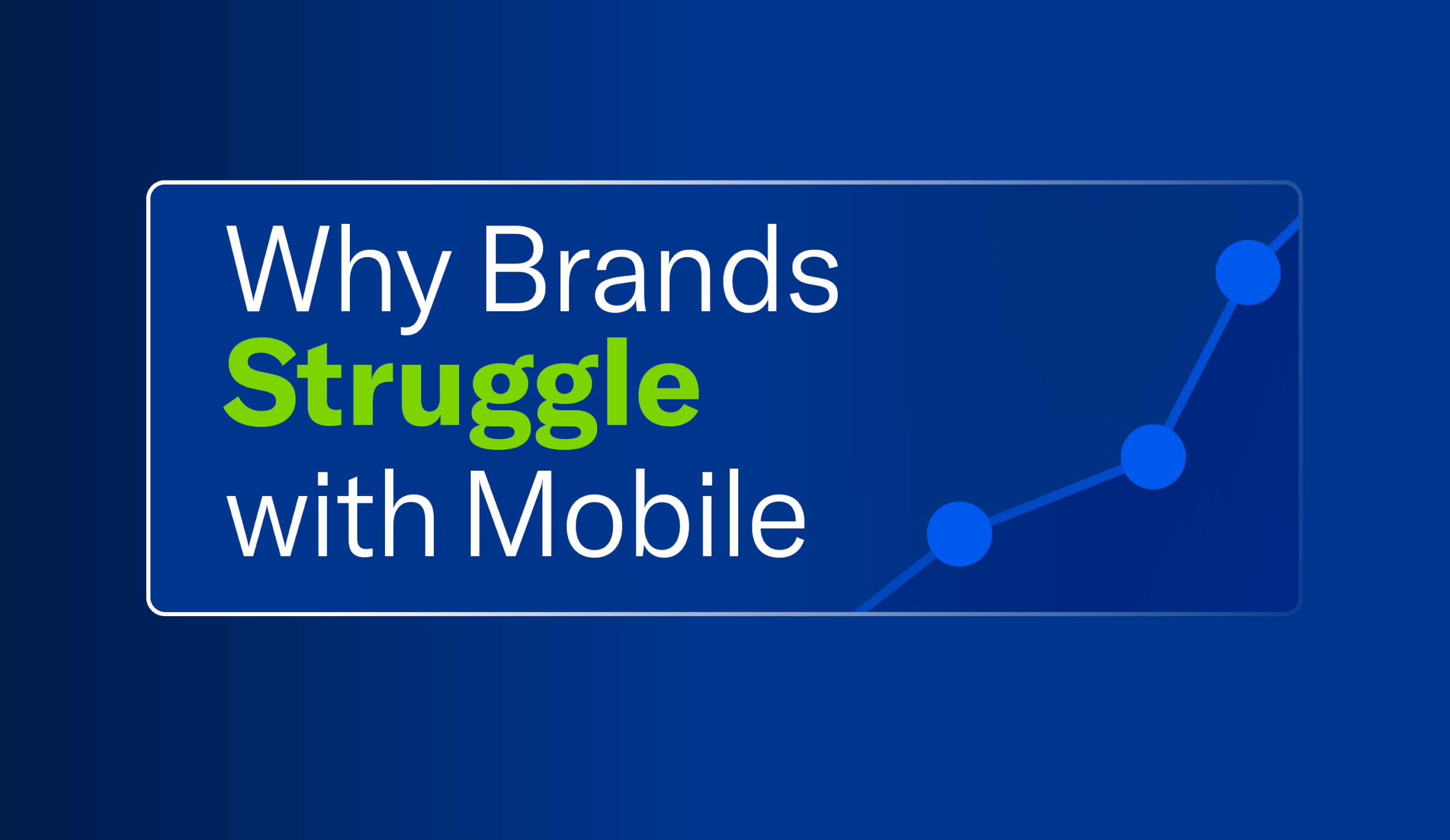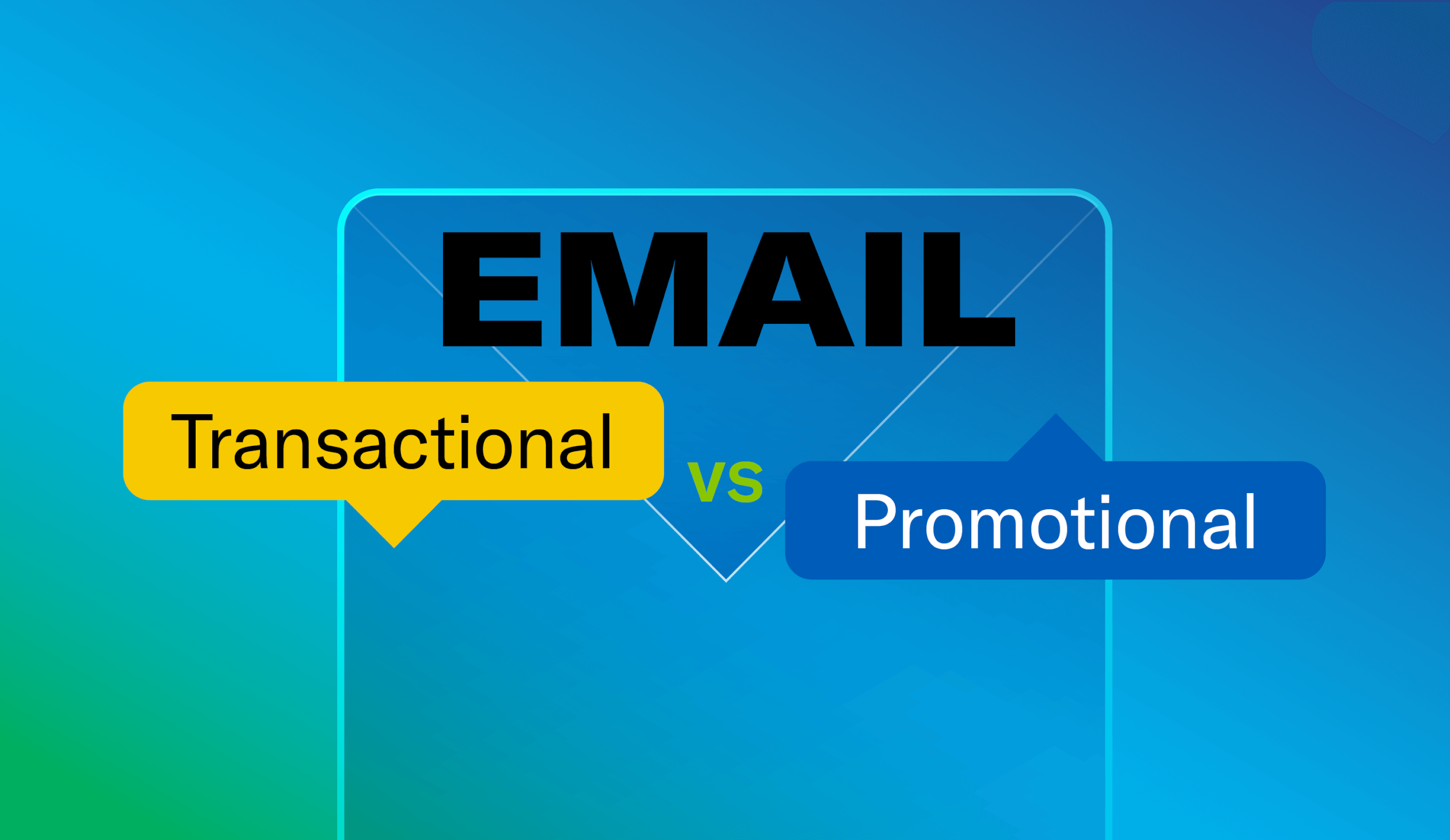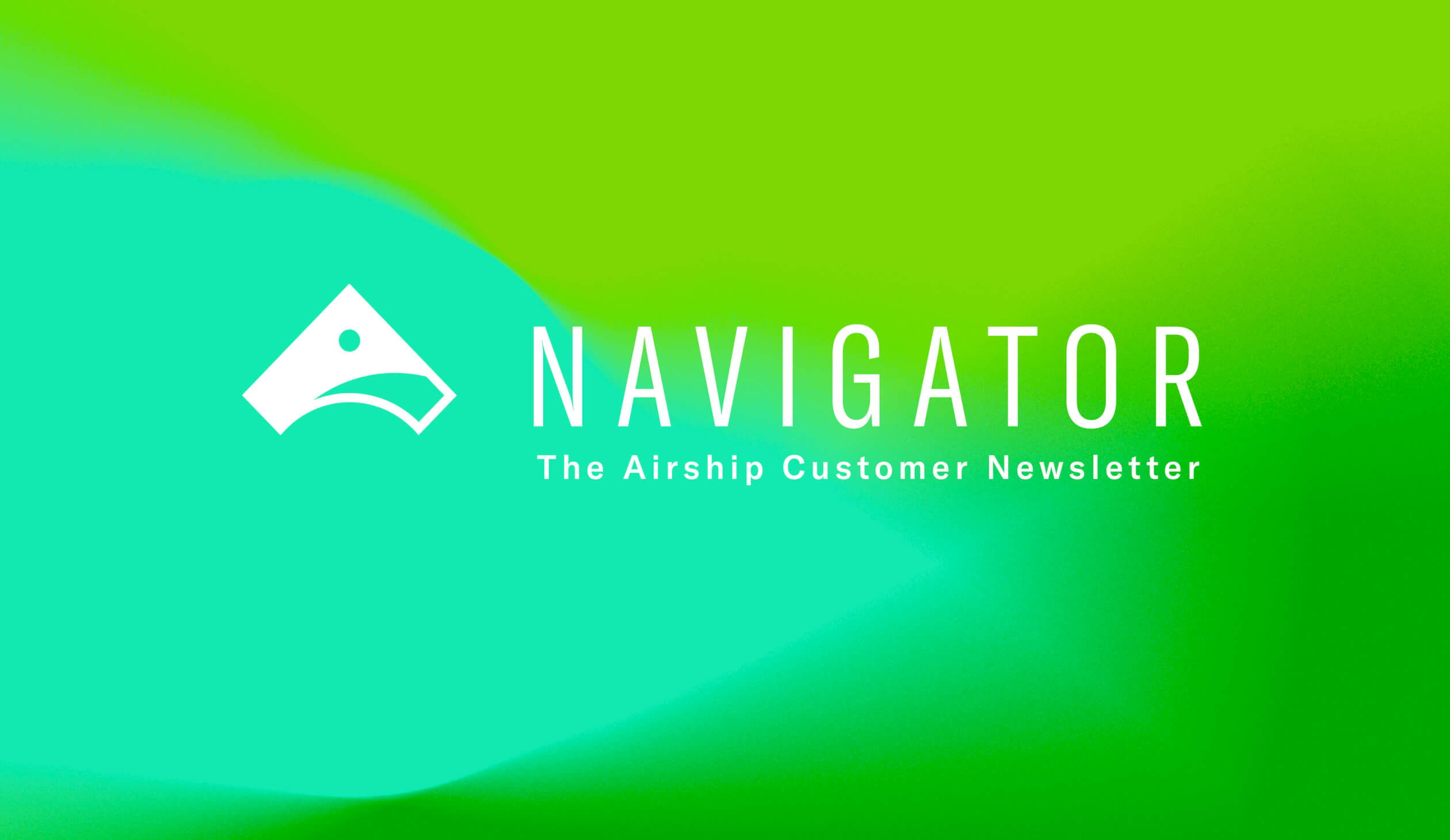Blog
-
 Airship Updates
Airship UpdatesIntroducing Airship Agents: Your Partners in Continuous Goal Optimization
For too long, growth teams have been stuck in a cycle of manual content creation, endless A/B tests and lengthy development cycles. Disparate data sources…
Read it Now -
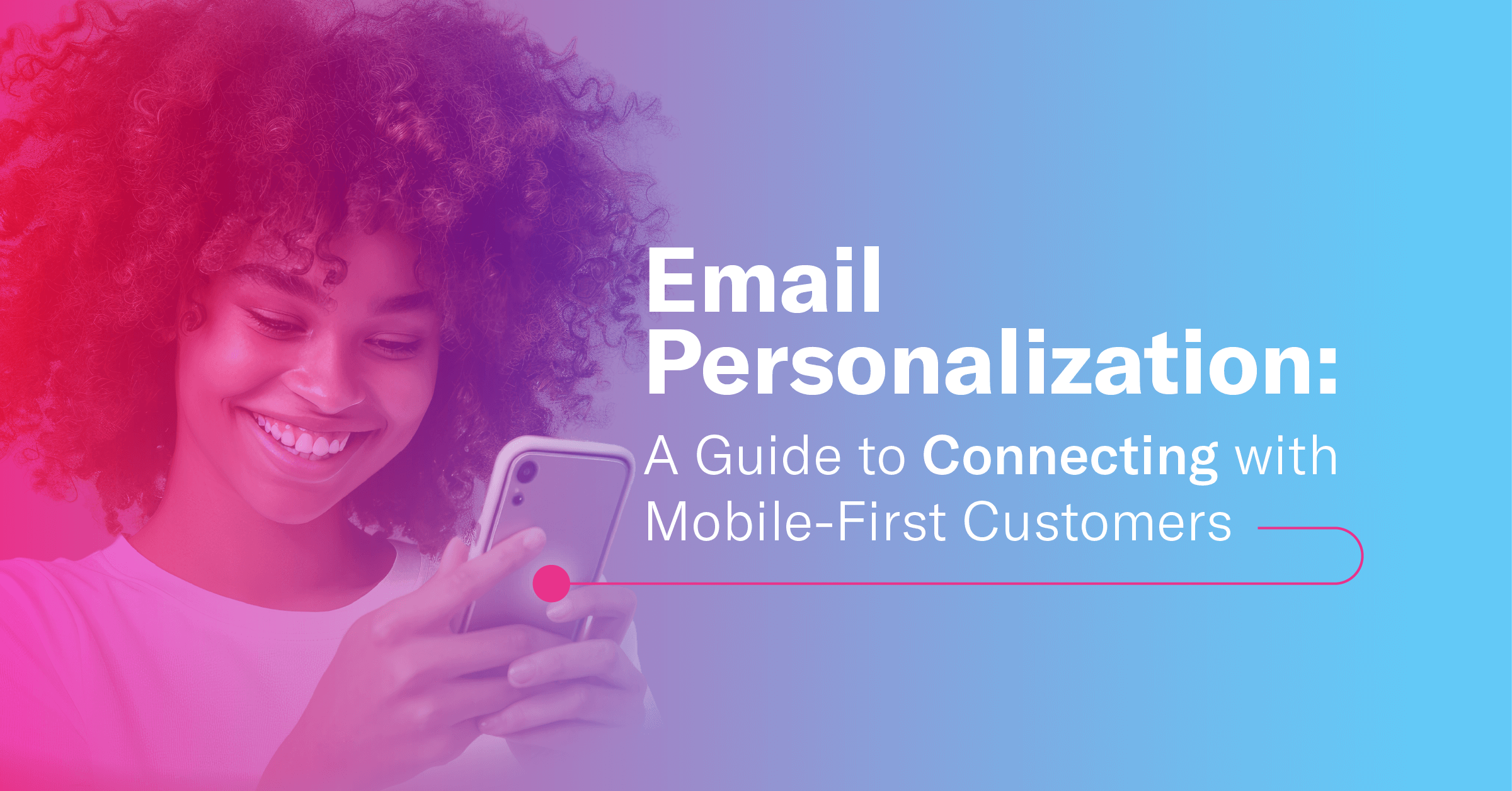 Personalization
PersonalizationEmail Personalization: A Guide to Connecting with Mobile-First Customers
Email personalization has advanced leaps and bounds in recent years, going far beyond a first name in the subject line. Behavioral insights, dynamic content, micro-segmentation,…
Read it Now -
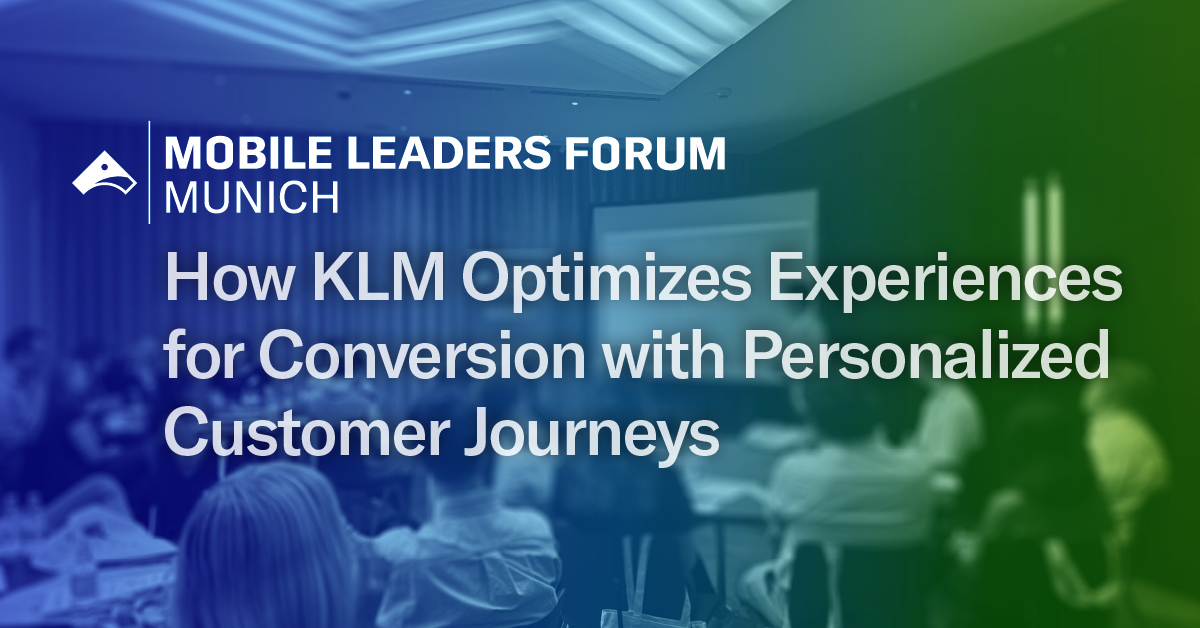 Best Practices
Best PracticesHow KLM Optimizes Experiences for Conversion with Personalized Customer Journeys
Leading brands gathered at Mobile Leaders Forum (MLF) in Munich last week to discuss the latest trends and best practices in customer experience. One topic…
Read it Now
Topics
Channels
Industries
Lifecycle
Sign up for insights & best practices to foster loyalty and drive conversions
Learn how to deliver seamless, unified customer experiences across apps, websites, email, SMS, wallets and more.
If the form doesn't render correctly, kindly disable the ad blocker on your browser and refresh the page.
Submit
Load more
